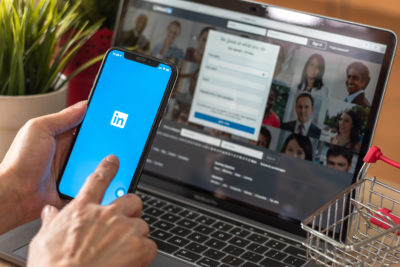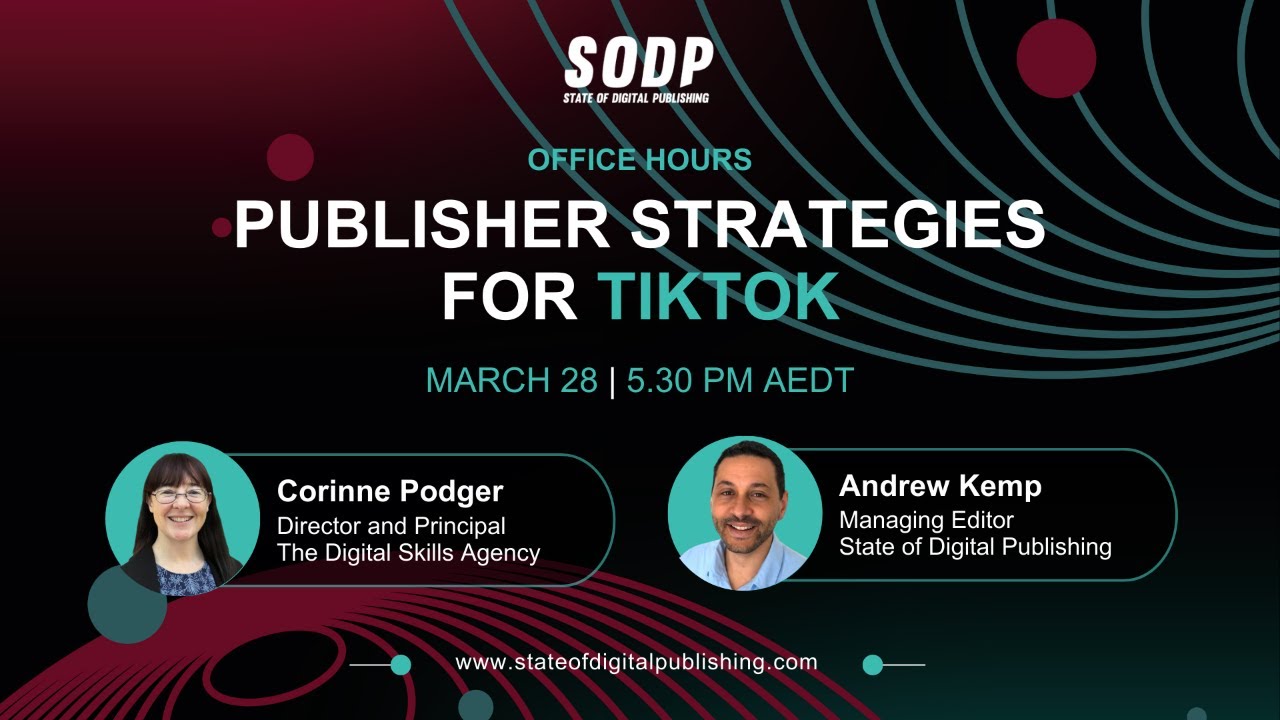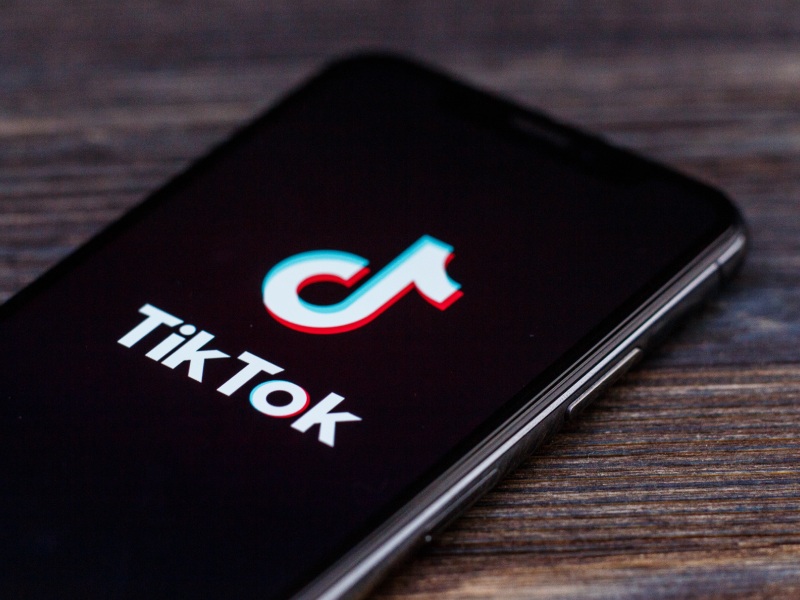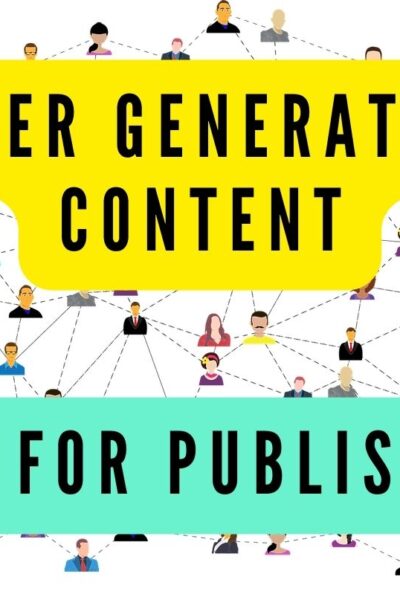LinkedIn has long ceased to be a platform dedicated to employees and job seekers. Years ago, it used to be a niche channel. Today, it is one of the biggest and most important social media platforms with huge potential for publishing. The benefits of using a LinkedIn account properly can be broad: from the growth of content visibility and recognition, through rising a publishers’ credibility and popularity, ending in getting valuable business connections.
It certainly works in favour of LinkedIn that it remains a website for professionals, specialists, and people thinking seriously about their careers. Simply speaking – you don’t find here hate speech, or fake profiles, instead of people really interested in their development and career.
So, would you like to use the potential of social media such as LinkedIn?
The first question you have to ask yourself should be related to the kind of account you want to develop: personal or business? But, again, LinkedIn gives you a choice.
Although LinkedIn is the platform focused on building a personal brand, in some cases, the magazine account can also turn out to be a bull’s eye. We will take a closer look at these two cases.
LinkedIn personal profile
This kind of LinkedIn profile will certainly work for authors – especially self-publishers – and different kinds of content creators or people who work in the publishing field. But, again, the goal is to build a personal brand, and this platform is created for this.
I assume that since you are reading this article, you already have an account on LinkedIn. If otherwise, I would like to invite you to my article first (published on LinkedIn), where you will find a lot of practical tips on how your personal profile should look.
What personal account on LinkedIn can give you?
- Recognition
LinkedIn, like every social media platform, gives great opportunities to spread content. If you want people to share what you publish, create high-quality content that has a specific thought and encourages sharing your experience; add a question or clear CTA at the end and tag other people. Thanks to your broad coverage, people will begin to associate your content with you and recognise you. It’ll bring credibility and trust connections.
- Readers
Your consistency in building an audience on LinkedIn will translate into an increase in the readership of your publications. In addition, by giving people free samples of your abilities, you encourage them to research/buy a book or a magazine.
- Connections
The essence of LinkedIn is making connections. If you’re looking for an employee or collaborator, write a job advertisement on your LinkedIn. What will happen next? Your followers and friends will be writing comments under your post or share your article. The more people do it, the more people see it.
Personal account – best practice
- Prepare your LinkedIn account. To reach recognizability, you have to fill in all boxes, add photos (profile and backgrounds) and information like education or work experience. It presents you as a trustworthy person.
- Make connections with others, build relationships with professionals. Follow people working in your niche or those whose content you’re interested in. A good practice is to write a short introduction message when you want to follow someone or make a connection.
- Be active. It’s important at every stage. By being active on LinkedIn, I mean commenting on other posts, sharing other posts, or engaging and helpful in groups.
- Publish proper content: posts, articles, PDF publications, and presentations. You can publish stories, anecdotes, and thoughts widely related to your industry or your passion. Give people personal moving stories, learning intriguing facts, and free practical advice. After some time, you’ll see what your followers want to read.
LinkedIn company page
Running a company page on LinkedIn is one of the elements of successfully promoting a magazine brand on social media. It is also a great tool to get new readers and turn them into loyal fans. If you’re working in publishing, you know how important it is.
LinkedIn is a perfect source of knowledge – you can follow different people, specialists in the field you are interested in.
Moreover, it’s a source of knowledge about people following you and reading your content, about the potential readers. LinkedIn gives you some analytical data and provides insight into demographics. Anyway, sometimes it is enough to look at the profile of the person who commented on your post or started following you to know what audience you have.
However, not every magazine’s profile will run great on LinkedIn.
When is it a good idea to run a business profile if you are publishing a magazine?
Many large publications don’t have a LinkedIn profile or have a dead account. For some reason, it just doesn’t make sense for them. In what case, running an account for a magazine title can be profitable? If it’s a publication related to business, self-development, recruitment, or education. LinkedIn, more popular, favour this kind of content, liked, and clicked than others. If your content is related, for example, to entertainment, it’s better to focus on developing your personal account.
What to publish on a LinkedIn company profile?
- If you want to create a LinkedIn account dedicated to your magazine, use public relations strategies. This kind of communication should be based on a voice of a company brand.
- Tell people about your company’s history, describe changes and show off your development, present your team, or reveal the secrets of publishing. The strength of your company’s LinkedIn profile lies in your employees and the people who create the magazine or newspaper, as well as the contributors.
- It’s good to write articles and posts including analysis, numbers, and stats that show new findings or research. LinkedIn users like this kind of content.
To get inspired, look at publishers like The New York Times or Time; read their posts and articles. They are doing well on LinkedIn, aren’t they?
Content from our partners
Content tips for writing articles on LinkedIn
No matter what kind of LinkedIn profile you focus on (personal or business), you must focus your action on the content you create. There are some relevant that work in most of the articles. Follow them!
What should you remember about when writing articles on LinkedIn?
- Catchy beginning – no one will want to read on (it applies to any social media channel, not only LinkedIn).
- Photos – no one will stop by your content for longer scrolling the feed if something does not catch his attention; the photo can be a perfect decoy (the best size for LinkedIn blog post link images is 1200px x 627px).
- Tagging other people – motivates people to react to your post and share it.
- Main thought/important conclusion – every post or article you create has to be written for some reason. It must include a message; the more unusual, controversial, or… common it is, the bigger the chance people will comment on it.
- Call to action – reading content is great, but leaving a mark is even better; you have to give a clear clue to your readers: “write a comment below of what you think”, “like if you agree”, “click this link and go to the article”, “see more about the issue”, etc.
- Hashtags – use two types of hashtags: broad, more popular, and narrow, niche; you can use different tools to find the most suitable hashtags, e.g. Hashtagify.
- Support group – before you’ll gain popularity, someone has to help you. So ask your friends for comments under your post. They’ll be your audience at the beginning.
The future of publishing on the LinkedIn platform
Despite some controversies, Facebook remains the king among the other social media channels in the publishing industry. It brings better results than LinkedIn in terms of content reach and the size of the fan group. However, if I have to point to one social media channel worth your engagement today, it’d be LinkedIn. It beats other platforms concerning the quality of attracted readers and the strength of established business connections.
Have you already had a LinkedIn profile? Have you written articles on this platform? If not, it’s time to change it.












